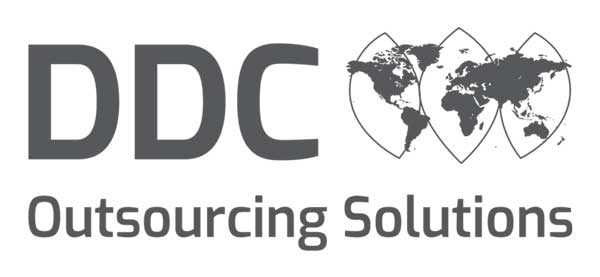Recently, customers have been worried and concerned around matters such as supplier of last resort processes and price increases, and it is during such times that communication is crucial. The changes have been confusing to those of us ingrained in the market, let alone the end-users, amplifying the importance of communicating effectively. Customer communication is so important that Ofgem often review and introduce principles on it themselves.
Best Practice Considerations
In outsourcing, we handle customer services for a range of brands in various markets. We, therefore, have a unique view on communication as a whole and how the outsourcer-client relationship can impact the end-user. With that in mind, we want to consider some of the areas where clear communication can be compromised if not monitored effectively.
- The Importance of First Impressions
The cost of customer acquisition is not to be underestimated – nor is the importance of retention. Fundamental to both elements is a good first impression; a successful customer onboarding can have a lasting impact. It is natural for people to expect a seamless, faultless service – they aren’t just paying for supply; they are paying for a smooth experience alongside it.
Is your customer journey designed to send clear and timely communications to new customers? Are they kept up to date with progress? Are the complicated back-office tasks concealed from them to offer a seemingly easy process?
Clear and proactive communication can help create a lasting, positive first impression. This increases the chance of future retention and, should an issue occur, customers are more likely to handle it with restraint and understanding than if they’d had a poor experience.
- Clear Internal Communication
The customer care team directly engage with your customers; they hear first-hand how your customers feel, what is and isn’t working, and present a real opportunity to impart knowledge that can drive positive change across your customer journey.
Moreover, as they are often the first direct interaction your customers have with your brand, it’s imperative to ensure they are knowledgeable, empowered and empathetic to deliver the experience you would hope for.
Knowledge – if your customers are experiencing significant change, for example, with the price cap news, make sure that your team are all on the same page; that they understand the impact on the customer base and have the correct information and relevant resources to share.
Empathy – this doesn’t mean apologising to the customer five times before the end of their query, nor does it mean always accepting fault. It does, however, mean listening, understanding and acting.
Empowerment – do the team have the skills, insight and authorisation to act accordingly? If yes, the customer will be served correctly and competently. As highlighted by the CCMA, being passed to another advisor or department are two of the top three causes of customer effort.
Innovative Supplier Communication
The challenges of successful communication in the utilities sector cannot be underestimated, with the customer demographic being incredibly varied. Consequently, so are the communication preferences; some segments of the customer base will be digitally savvy, engaging with apps and messaging services (like WhatsApp), whilst some prefer to receive communications physically in their mail.
Clear data preferences for your customers are step one; ensuring they are being reached is the next. If messages aren’t delivered effectively, you will likely see contact rates for your call centre rise and, in turn, so will costs. In response to this, we have witnessed a lot of innovation in this space, no less than with AI. Reviewing historical data, understanding patterns, both negative and positive, and automatically suggesting communications to drive appropriate customer responses.
Communicating with your Outsourcer
Does outsourcing your customer services mean that there are no more headaches? No. Will every interaction end with the perfect outcome? Unfortunately, not. But your relationship can naturally affect your customers.
An outsourcer can be seen as a service provider and nothing further – this can work and be successful. It can, however, foster a negative environment that does not have trust and doesn’t allow for quick resolutions, consequently impacting the customer journey. Or, the supplier and outsourcer can decide to approach challenges collectively, working to resolve and agree on a way forward that benefits all parties, taking the time to recognise and celebrate success.
At DDC OS, the focus is very much on a collaborative approach. We want to be seen as an extension of the client’s team – as colleagues. This enables the rich insight we gain to be communicated and actioned effectively. Thankfully that is a sentiment shared by our clients, including Shell Energy Retail. Andy Eadle, Director of Customer Operations, commented on the importance of partnership to himself and the Shell Energy Retail team:
“Our Partners are a key part of our organisation. From our commitment to ensuring National Living Wage to our management communication, recognition and monthly business update meetings, all include our partners. The rationale is fairly simple; our partners provide service to our customers, so why would we treat them any differently to our directly employed staff? When managing partner relationships, the first place to start is to ensure you are set up to treat that partner as part of your own team – this, in my experience, is the basis of success.”
Are you looking to improve your customer communications? Or, have an opinion on this matter? We’d love to hear from you.




